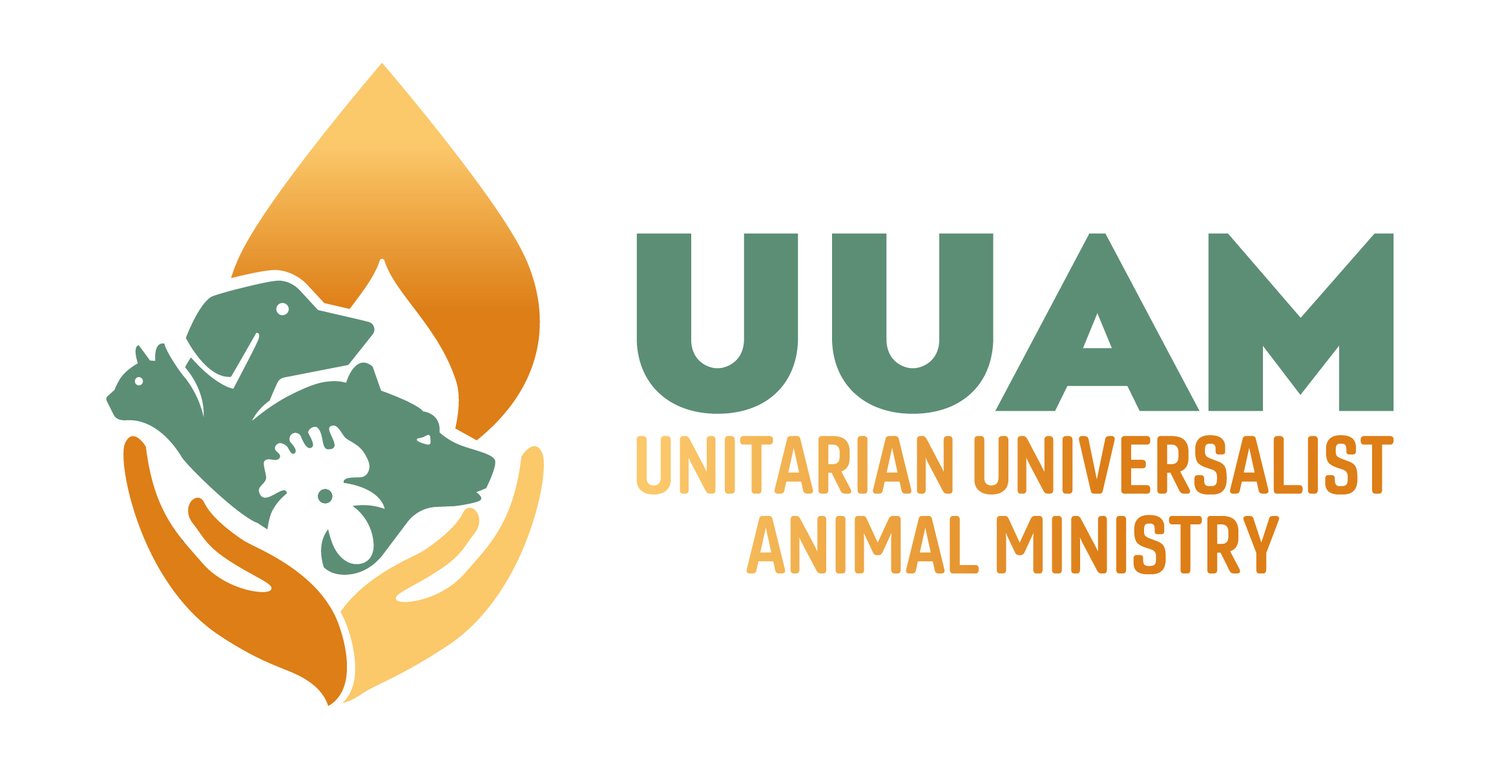The Forgotten Victims of War: Are Animals Protected by the Laws of War?
Microsoft Bing Image Creator
Animals suffer greatly in wars, yet lack direct protection under the international laws governing wars. However, growing awareness of animal sentience and evolving interpretations of those laws offer hope for greater future protection for animals during wars.
With wars raging between Ukraine and Russia and Israel and Hamas, you may have wondered about the impact of wars on animals and whether the laws of war, formally known as the International Humanitarian Law (IHL), cover animals.
Wars cause vast harm to animals and their habitats
Wars harm all animal types (wildlife—including endangered species—pets, zoo, conscripted, farmed, and working). They're killed and maimed by bombs, gunfire and landmines. People abandon them. They starve. Their habitats become unlivable hellscapes. Biodiversity plummets. Their suffering often goes unseen, unheard, unwarned, undocumented and not understood by them. Migration routes are disrupted. They have no say-so about the initiation of wars and no ability to halt them. They're innocent victims—euphemistically, "collateral damage"—of the madness and folly of human wars.
The IHL establishes restrictions on warfare
We've heard a lot lately about alleged IHL violations. What's the IHL? We might think of it as a set of guardrails on the all-is-fair-in-war adage. The IHL includes international treaties, such as the Geneva Conventions, as amended, customary international law (unwritten rules derived from consistent international practice) and general humanitarian principles. It's designed to limit the suffering caused by armed conflict and protect civilians, wounded combatants, and other non-combatants. Key requirements include distinction (combatants must differentiate between combatants and civilians), proportionality (attacks must be proportional to the anticipated military advantage), and medical neutrality (combatants must protect humanitarian medical assistance). While related, the IHL isn't synonymous with the International Criminal Law, which prosecutes individuals for war crimes. The IHL generally binds all countries, organized armed groups and individuals participating in wars.
The IHL provides no direct protection to animals
Does the IHL protect animals impacted by wars? Unfortunately, being "deeply anthropocentric," it doesn't include explicit rules directly protecting animals but largely ignores them. Sympathetic scholars offer various explanations for this predicament: animal sentience and rights attracted little attention when IHL's key provisions were adopted; international views on animal sentience and rights vary; animal protections theoretically impair efforts to alleviate human suffering during wartime; protecting animals involves complex considerations, which yield to expediency during war; and, even in peacetime, animal mistreatment, including of farmed animals, is normalized, so it's not surprising the same is true during wartime.
The times may be a-changin'
Fortunately, the IHL isn't static. Because it includes customary international law, it evolves incrementally with societal values and new interpretations. Thanks to scientists and animal activists, an ascendant international awareness that animals are sentient beings who experience pain, suffering and distress, including in war, has emerged. Relatedly, at an accelerating pace over the last ten years, influential ethical and legal scholars have examined outside-the-box ways to incorporate animals into the IHL's protections and have published groundbreaking articles proposing ways to achieve that goal, including by progressively reinterpreting existing IHL rules and by adopting new IHL provisions protecting animals during war.
In addition, in 2020, the International Committee of the Red Cross (ICRC) adopted the Guidelines on the Protection of the Natural Environment in Armed Conflict (Guidelines). The ICRC provides authoritative IHL interpretations to countries and those at war. It also closely monitors the IHL's application in armed conflicts. Two of the most prominent animals-in-war scholars interpret the Guidelines in an inclusive, animal-friendly way. In Animals in war: At the vanishing point of international humanitarian law, published in 2022 in The International Review of the Red Cross, they state:
The …Guidelines … specify that, for purposes of IHL, the environment encompasses not only natural elements stricto sensu [in the strict sense], but also "elements that are or may be the product of human intervention, such as foodstuffs, agricultural areas, drinking water and livestock." Accordingly, all animals, including farm and companion animals, are part of the environment. As a result, every animal located in a given natural area or site, as well as their habitat, are duly protected by the laws of warfare and, in particular by three sets of rules relating to the environment as such.
Most scholars in the area probably find these conclusions overly optimistic and emphatic but agree that the Guidelines' focus on the environment will likely generate significant spillover benefits for animals and serve as a major stepping stone to greater future animal protections during war.
Even if the IHL evolves to provide greater coverage for animals, enforcement will likely lag
Unfortunately, even when IHL violations directly impact humans, those violations are often met with impunity due to a lack of political will, the power of offenders, limited investigative and enforcement resources, limitations on war zone access, and other armed conflict complexities. When IHL violations impact animals, enforcement will be even less likely.
So what does this all mean?
The jury is still out, it's impossible to see around the corner, and we could be forgiven for pessimism — raise your hand if you don't struggle with it. But, I'm genuinely impressed by the recent progress of efforts to ensure better protections for animals during war and am inclined to lean toward optimism as Sam Cooke taught us to do:
It's been a long
A long time coming, but I know
A change gon' come
Oh yes, it will
Written by Frank Brown, UU of Arlington, Va.

